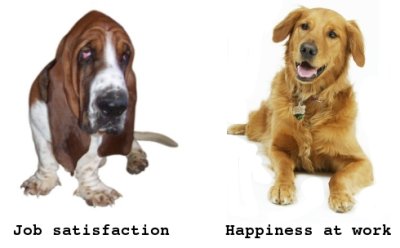 In the chick flick Eat, Pray, Love, Julia Roberts’ character (a confused middle-aged woman looking for something that I never quite figured out) tells Javier Bardem’s character, “I don’t have to love you to prove I love myself.” At this point in the movie, most reviewers poked a finger down their throats and gagged, but I found a usable message that we can all use to improve the relationships with the people we love.
In the chick flick Eat, Pray, Love, Julia Roberts’ character (a confused middle-aged woman looking for something that I never quite figured out) tells Javier Bardem’s character, “I don’t have to love you to prove I love myself.” At this point in the movie, most reviewers poked a finger down their throats and gagged, but I found a usable message that we can all use to improve the relationships with the people we love.
Byron Katie, author of Loving What Is, says that when we say “I love you,” we’re not actually dispensing love; we’re merely reporting the state we’re in. The problem is that the other person usually takes this information as a personal benefit. We tend to perceive this statement as positive regard when it’s only a report. In short, telling someone “I love you” is all about the transmitter. It’s nonspecific, noncommittal, and used to give a pseudo-benefit to the receiver. This opens the door to thoughts on the receiver’s part like “If he doesn’t tell me he loves me, something must be wrong.”
The “I have to love you in order to prove I love myself” is a Knower/Judger rule, learned along the way somewhere. Early childhood infatuations are frequently built around the “I’ll tell you I love you if you’ll tell me you love me” rule. My experience is that many of us grown-ups discover this rule isn’t working, but we don’t know why.
Let me ask you a question. If you had a choice between hearing “I love you” or “You did a fantastic job on…,” which would you prefer?
Option A explains the condition the transmitter is in. Option B proffers positive regard for the receiver.
Changing the game
A subtle shift in the “I love you” game is to tell someone that you love what he or she does or has done. Totally different. In psychological terms this is called a stroke because it dispenses positive regard, making the other person feel good. We all require strokes. They make us feel competent, included, brave, etc.
Another shift is to focus on yourself. If saying “I love you” benefits the transmitter, then saying it to yourself in a mirror works. Hence Javier’s character doesn’t need to tell Julia’s character he loves her. She can do that for herself.
But do we love ourselves? Or do we rely on assessing another’s state to validate ourselves?
Here’s why Ho’oponopono works. In this context, the four lines said to another (the first of which is “I love you”) truly describe the transmitter’s feelings since the words are not actually said to the target. When my clients really understand the dynamics behind Ho’oponopono, they understand that it’s all about them, not the other guy or gal. They are then accountable for how loved they feel.
Javier’s character has some options. He can create that warm, delectable state between two lovers—actually two who are in the state of loving themselves and choose to exchange warmth and cooperation—by using strokes. Strokes are judgments exchanged between K/Js that work. (Remember not all K/J interaction is negative.) I make a positive K/J judgment about you, and your K/J feels good about it.
“My God, you’re beautiful tonight.”
“I’m totally blown away by that article you presented.”
“You look fantastic in front of your gun safe.”
OK, some of these sound a little comical. But if you’re the receiver of the last quote, I bet you’d never prefer a pedantic “I love you” to such a positive stroke.
Who said love isn’t complicated? I don’t want everybody to stop telling their spouses, lovers, significant others that they love them if they do. It’s a comfortable part of your K/J pattern. I just want people to experiment with stroking—stating positive personal regard—using clearer, more productive words that really mean something to those you love. Give it a try!



